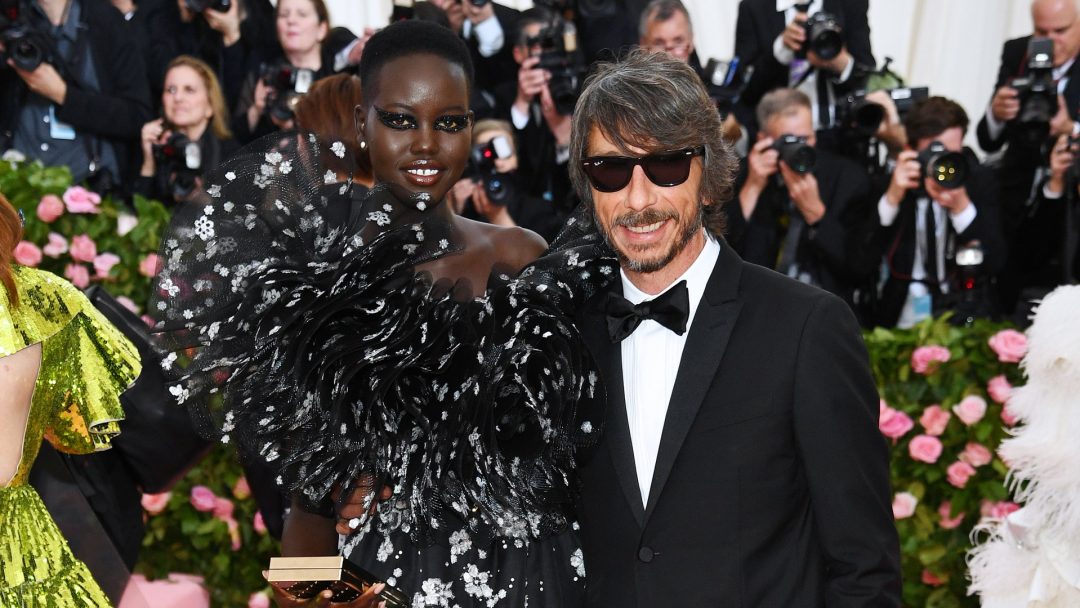Like Miranda Priestly stated in The Devil Wears Prada, fashion is always about making a statement whether you want it or not. Both designers and buyers use fashion to express their opinions and to show where they stand on social and political issues. In 2014 Karl Lagerfeld sent models down the Chanel runway holding feminist signs, Maria Grazia Chiuri’ first show at Dior featured the now infamous “We Should all be feminists” t-shirt and weeks after Alabama signed the abortion ban, Alessandro Michele created a dress with an uterus and blazers embroiled with the phrase “my body my choice”. These messages can reach an audience that is beyond that of the fashion industry purely because they make the media talk. There is, however, a brand that has been making subtle but important political statements that haven’t been unnoticed but have mostly been overlooked.
For the past few years, Pierpaolo Piccioli has been casting more and more black models in Valentino’s shows. On his s/s 19 runway, 48 out of 65 models were black. He chose Adut Akech, a South Sudanese model, to be the face of the brand and dressed her for the Met Gala two years in a row. The diversity Piccioli has shown on his runways is interesting for two reasons. First of all, the brand is from Italy, a country that never accepted black women or, for that matter, men. Secondly, apart from a few pieces, Valentino makes clothes that are very sophisticated and are something most women would find appropriate for events rather than everyday use. Black models wearing the same dresses as white models finally showcases that black women have the means and the reasons to access high fashion as much as white women.
What fascinates me about Valentino is that the way they are sending this message about inclusivity is hard to reject. As much as I love slogans and the debate they raise, an explicit t-shirt is very easy to criticise because it can be seen as an “attack” on those with different opinions. I am sure those in Alabama who were pro-abortion ban would have seen Gucci’s uterus dress as a ridiculous cry for attention. However, watching a Valentino show, the focus is never on the number of black models but on how well they look in the clothes. Even before writing this article, my brain never fully processed how many more black models there are in a Valentino’s show compared to any other high fashion one. It was only when I was watching back to back shows on YouTube, with this article already in mind, that I realised that Valentino is not the average fashion show. I think that when an audience stops noticing that something is different, it means that it’s starting to internalise the “anomaly” as being the new norm.



